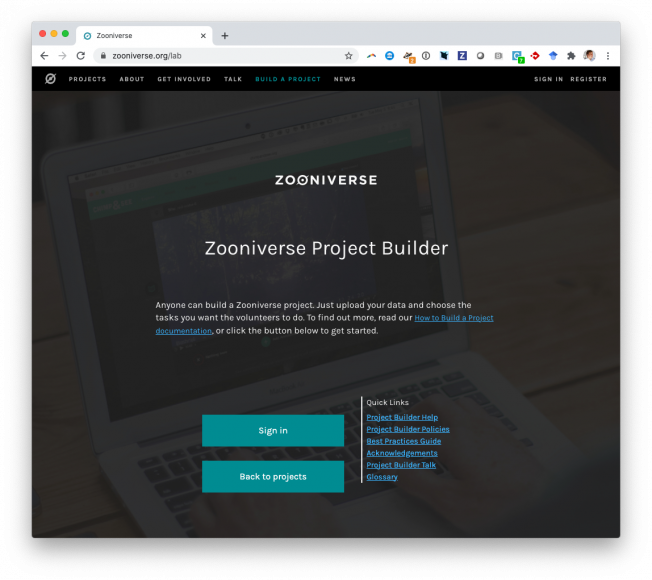Eyeballing the universe
Physics World 21:9 (2008) 27-30
Galaxy Zoo: Morphologies derived from visual inspection of galaxies from the Sloan Digital Sky Survey
Monthly Notices of the Royal Astronomical Society 389:3 (2008) 1179-1189
Abstract:
In order to understand the formation and subsequent evolution of galaxies one must first distinguish between the two main morphological classes of massive systems: spirals and early-type systems. This paper introduces a project, Galaxy Zoo, which provides visual morphological classifications for nearly one million galaxies, extracted from the Sloan Digital Sky Survey (SDSS). This achievement was made possible by inviting the general public to visually inspect and classify these galaxies via the internet. The project has obtained more than 4 × 107 individual classifications made by ∼10 5 participants. We discuss the motivation and strategy for this project, and detail how the classifications were performed and processed. We find that Galaxy Zoo results are consistent with those for subsets of SDSS galaxies classified by professional astronomers, thus demonstrating that our data provide a robust morphological catalogue. Obtaining morphologies by direct visual inspection avoids introducing biases associated with proxies for morphology such as colour, concentration or structural parameters. In addition, this catalogue can be used to directly compare SDSS morphologies with older data sets. The colour-magnitude diagrams for each morphological class are shown, and we illustrate how these distributions differ from those inferred using colour alone as a proxy for morphology. © 2008 RAS.Molecular signature of star formation at high redshifts
Astrophysics and Space Science 313:1-3 (2008) 327-330
Abstract:
In recent years there has been much debate, both observational and theoretical, about the nature of star formation at high redshift. In particular, there seems to be strong evidence of a greatly enhanced star formation rate early in the Universe's evolution. Simulations investigating the nature of the first stars indicate that these were large, with masses in excess of 100 solar masses. By the use of a chemical model, we have simulated the molecular signature of massive star formation for a range of redshifts, using different input models of metallicity in the early Universe. We find that, as long as the number of massive stars exceeds that in the Milky Way by factor of at least 1000, then several 'hot-core' like molecules should have detectable emission. Although we predict that such signatures should already be partly detectable with current instruments (e.g. with the VLA), facilities such as ALMA will make this kind of observation possible at the highest redshifts. © 2007 Springer Science+Business Media B.V.Tracing high-density gas in M82 and NGC 4038
Astrophysical Journal 685:1 PART 2 (2008)
Abstract:
We present the first detection of CS in the Antennae galaxies toward the NGC 4038 nucleus, as well as the first detections of two high-J (5-4 and 7-6) CS lines in the center of M82. The CS(7-6) line in M82 shows a profile that is surprisingly different from those of other low-J CS transitions we observed. This implies the presence of a separate, denser and warmer molecular gas component. The derived physical properties and the likely location of the CS(7-6) emission suggest an association with the supershell in the center of M82. © 2008. The American Astronomical Society. All rights reserved. Printed in U.S.A.Meeting of the royal astronomical society: Friday 2007 May 11th at 16h 00m in the Geological Society Lecture Theatre, Burlington House
Observatory 127:1201 (2007) 369-375



